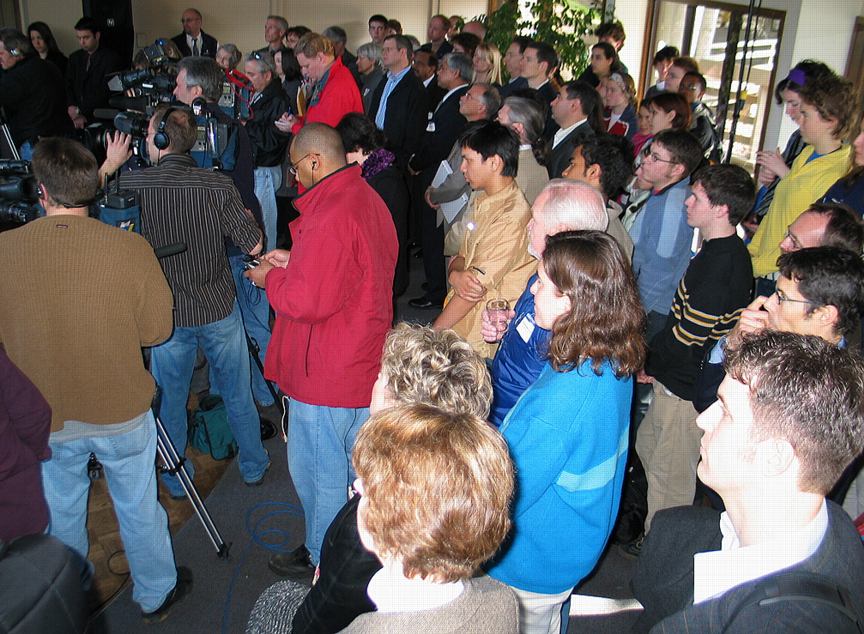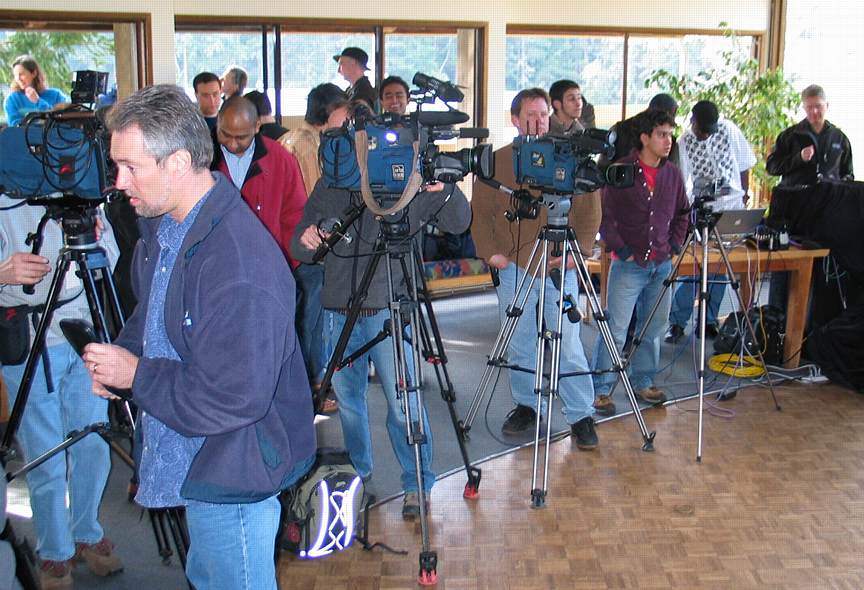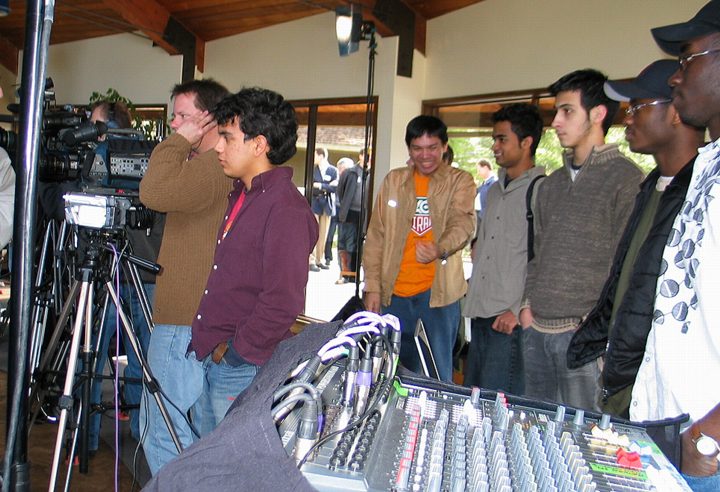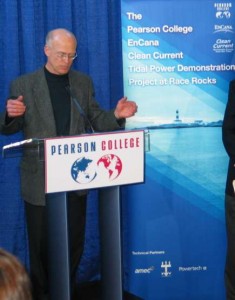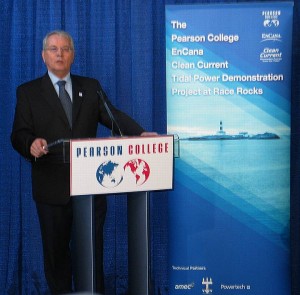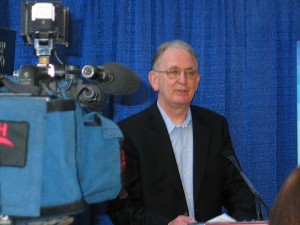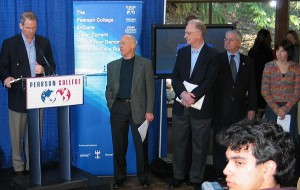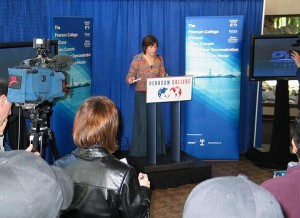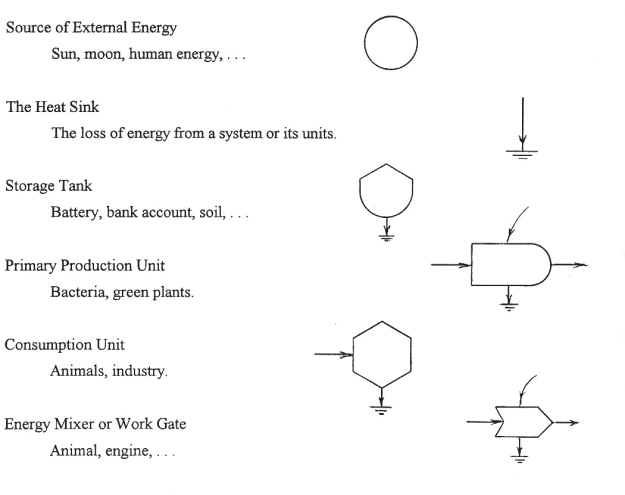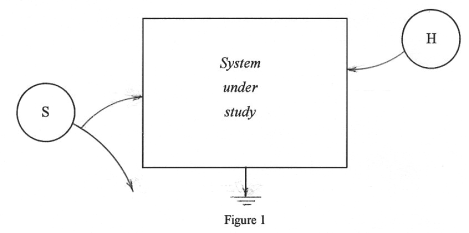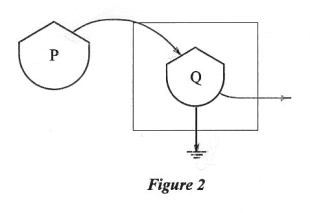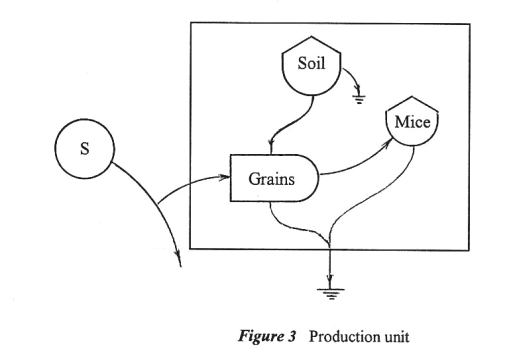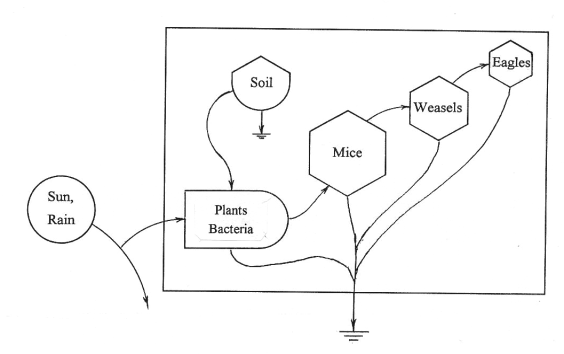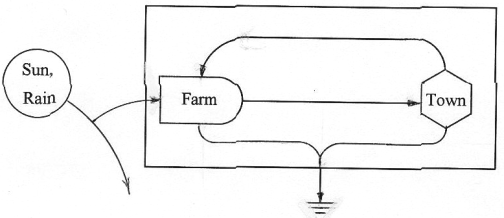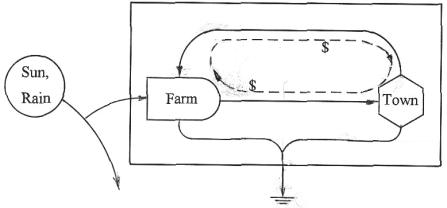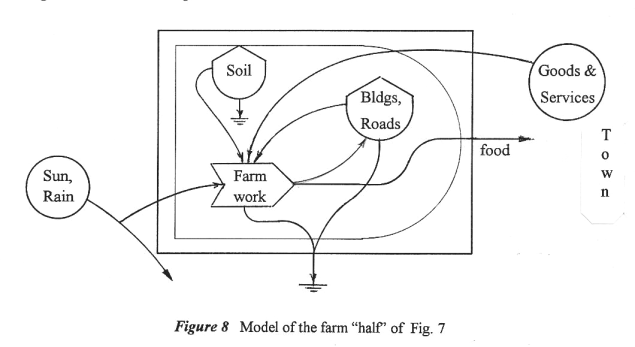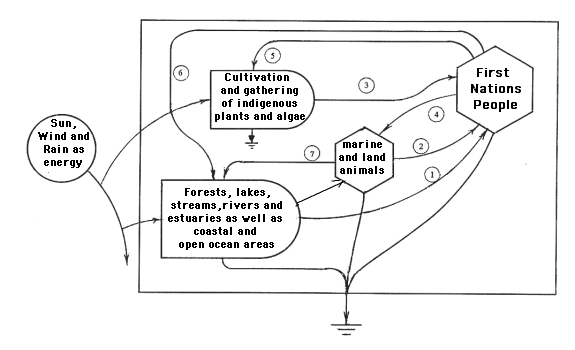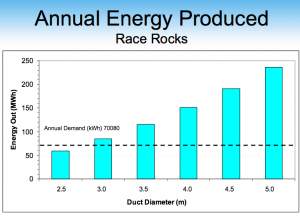See Below for entries from the :
- Times Colonist : February 26, 2005
- Okanagan Weekender Sunday, February 27, 2005
- B.C. News Roundup: Feb. 26 Broadcast News Saturday, February 26, 2005
- Goldstream Gazette Mar 03,2005
- The Province July 24, 2005. Also in The Times Colonist, July 26, 2005
Pearson, which brings together students from around the world for studies and to serve the community, expects the tides to help produce more than enough electricity to replace two diesel generators and provide power to the college’s marine education centre on Great Race Rock Island by 2006. “The project, the first of its kind in Canada, could prove the value of new technology over time and it could be very beneficial to coastal peoples around the world,” Stuart Walker, director of Lester B. Pearson College of the Pacific, said Friday. The $4-million project is a partnership between Pearson College, EnCana Corporation of Canada, and Clean Current Power Systems of Vancouver. EnCana, the largest producer and developer of natural gas in North America, is investing $3 million in the project from its environmental innovation fund. Clean Current developed and built the prototype of a tidal turbine generator which harnesses the power of ocean currents to produce electricity. Testing will take place in about 15 metres of water, off Race Rocks, about 10 nautical miles southwest of Victoria. The tidal turbine generator, which functions like an underwater windmill, will be anchored to the seabed, and cables will carry away the electricity it generates.When the tide flows, the blades turn, explained Glen Darou, president of Clean Current. The blades have a permanent magnet attached to them. When the magnet passes by coils, the coils create electricity. The turbine works when currents are flowing in either direction. According to Darou, the project will have minimal impact on the environment. “We will have to disturb the bottom of the ocean with the turbine and cables but it’s a fast-growing marine environment and will recover quickly,” he said. “Anything that can swim in the tidal currents will not swim into the turbine, it will swim around it. But something that floats through like a jellyfish could actually go into it. That’s the size of the risk.” The prototype has been tested in fresh water, but Clean Current has to make sure its turbine generator works in saltwater. “Now we have to prove its operability and maintenance,” said Darou. Clean Current will know in about 18 months how the model and its one moving part — the rotor — stands up to corrosion in a harsh marine environment. The turbine will be monitored by underwater cameras. The prototype being tested is 3.5-metres in diameter and can produce enough electricity for 10 houses. Full scale models will be 14 metres in diameter and produce enough electricity for 250 houses. Darou envisions the day when there will be big underwater tidal turbine generator farms with up to 800 turbines that will produce electricity around the world. “The end of the dream will be our technology licensed around the world and applied in tidal environments all over the world. It’s seeing the technology used and replacing fossil fuels,” he said. The project will run at Race Rocks for five years. After that, Clean Current will sell the prototype to either B.C. Parks or Pearson College for $1. Clean Current still needs to come up with $1 million to pay for the project, Darou said. He expected the money will come from private investors and the federal government. The project will help the company and the province evaluate the future of this technology, said B.C. Energy and Mines Minister Richard Neufeld. Alternative energy will change how we consume fossil fuels over time, said Neufeld. “This is brand new, so let’s give it time to see how it works. Let’s give it time to see (how) technology can change it to make it more efficient.,” said Neufeld.
Tide Turns for Power, and for Young Minds: Pearson College, Partners Apply Current Thinking Times Colonist (Victoria) Saturday, February 26, 2005 Page: A1 / FRONT Section: News Byline: Louise Dickson Source: Times Colonist<They’re harnessing the tide at Pearson College to keep the lights burning at Race Rocks. Turbulent tides tumbling by Race Rocks ecological reserve near Metchosin will test how well a new tidal turbine generator stands up to the harsh West Coast environment.
College Harnessing Waves to Power Ecological Reserve Okanagan Weekender Sunday, February 27, 2005 Page: A2 Section: West Byline: Dateline: VICTORIA Source: Canadian Press VICTORIA (CP) — They’re harnessing the tide at Pearson College on Vancouver Island to keep the lights burning at Race Rocks ecological reserve. Turbulent tides tumbling by Race Rocks will test how well a new tidal turbine generator stands up to the harsh west coast environment. The project is expected to produce more than enough electricity to replace two diesel generators and provide power to the suburban Metchosin college’s marine education centre on Great Race Rock Island by 2006. “The project, the first of its kind in Canada, could prove the value of new technology over time, and it could be very beneficial to coastal peoples around the world,” Stuart Walker, director of Lester B. Pearson College of the Pacific, said Friday. The $4-million project is a partnership between Pearson College, Calgary-based EnCana Corp., and Clean Current Power Systems of Vancouver. EnCana, the largest producer and developer of natural gas in North America, is investing $3 million in the project from its environmental innovation fund. Clean Current developed and built the prototype of a tidal turbine generator that harnesses the power of ocean currents to produce electricity. Testing will take place in about 15 metres of water, off Race Rocks, about 10 nautical miles southwest of Victoria. The tidal turbine generator, which functions like an underwater windmill, will be anchored to the seabed. When the tide flows, the blades turn. They have a permanent magnet attached that passes by coils, which create electricity. The electricity passes through a cable on the seabed into a facility where it is conditioned. The turbine works when currents are flowing in either direction.
CollegeReseachers Testing Tidal Power B.C. news roundup: Feb. 26 Broadcast News Saturday, February 26, 2005Pearson College near Victoria is testing the waters of tidal power with a new turbine generator to run the Race Rocks ecological preserve. It’s a $4 million experiment to see how well the new turbine stands up to the harsh west-coast environment. If it works, the unit will replace two diesel generators by March 2006. The project is being sponsored Calgary-based energy producer EnCana Corporation and Clean Current Power Systems of Vancouver.
Project tests Race Rocks’ Tidal Power Goldstream News Gazette Mar 02 2005, By Rick Stiebel The tides of change are turning in Metchosin. Lester B. Pearson College of the Pacific, Encana Corporation and Clean Current Power Systems announced an innovative partnership Friday to build a free-stream tidal power generator, the first of its kind in Canada, at the Race Rocks Ecological Reserve. The project, made possible by a $3 million investment from Encana’s Environmental Innovation Fund, involves replacing two diesel-powered generators at Race Rocks that supply power for Pearson’s marine education centre with a tidal turbine generator, built by Clean Current Power Systems. The remaining funding for the $4 million project is expected to come from private investors and the federal government. The generator is scheduled to begin producing power by 2006. The turbine generator has only one moving part, the rotor assembly that contains permanent magnets. The turbine, anchored to the ocean floor in about 15 metres of water, operates like an underwater windmill with cables that carry away the energy it produces. “This Canadian technology is simple, efficient and environmentally friendly,” Clean Current president Glen Darou said at the Feb. 25 announcement at Pearson College.
A prototype, which has been tested in fresh water, will be scrutinized closely over the next 18 months to see how it holds up to corrosion resulting from a marine, saltwater environment. “This is a terrific project for Pearson College, in that it supports our goal of making the ecological reserve a showcase for alternative, low impact technologies such as tidal power,” said Pearson College director Stuart Walker. Pearson College staff and students played a major role in having the site at Race Rocks, about three nautical miles from the Metchosin school. Race Rocks was declared an ecological reserve in 1980. The college is dedicated to protecting the marine ecosystems within the reserve, while increasing awareness about marine systems, ecological reserves and environmental issues, Walker said.
Encana Corporation CEO president Gwyn Morgan said his company is “pleased to be a partner in a first-class, alternative energy project.” “Our investment in this B.C. based unconventional environmental and power technology reflects our desire to tangibly encourage innovative energy solutions.” Encana is one of North America’s largest independent oil and natural gas companies, with an enterprise value of about $34 billion US.
B.C. Minister of Energy and Mines Richard Neufeld praised the three parties involved in the partnership. “The project certainly looks environmentally sound,” said Don McLaren, area supervisor for B.C. Parks. “It will not only remove the diesel generators on Race Rocks, but greatly reduce the noise factor.” McLaren said the project will put Pearson College and B.C. Parks in “a greener position, and help us and Pearson a lot.”

THE PEARSON COLLEGE-ENCANA-CLEAN CURRENT TIDAL POWER DEMONSTRATION PROJECT AT RACE ROCKS ANNOUNCEMENT FEB 25, 2005
TV: CH News Channel Coverage of the Event
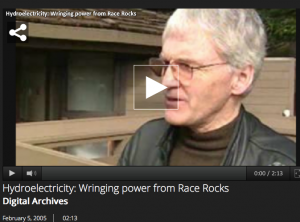 CBC Coverage: Wringing Power From Race Rocks
CBC Coverage: Wringing Power From Race Rocks


